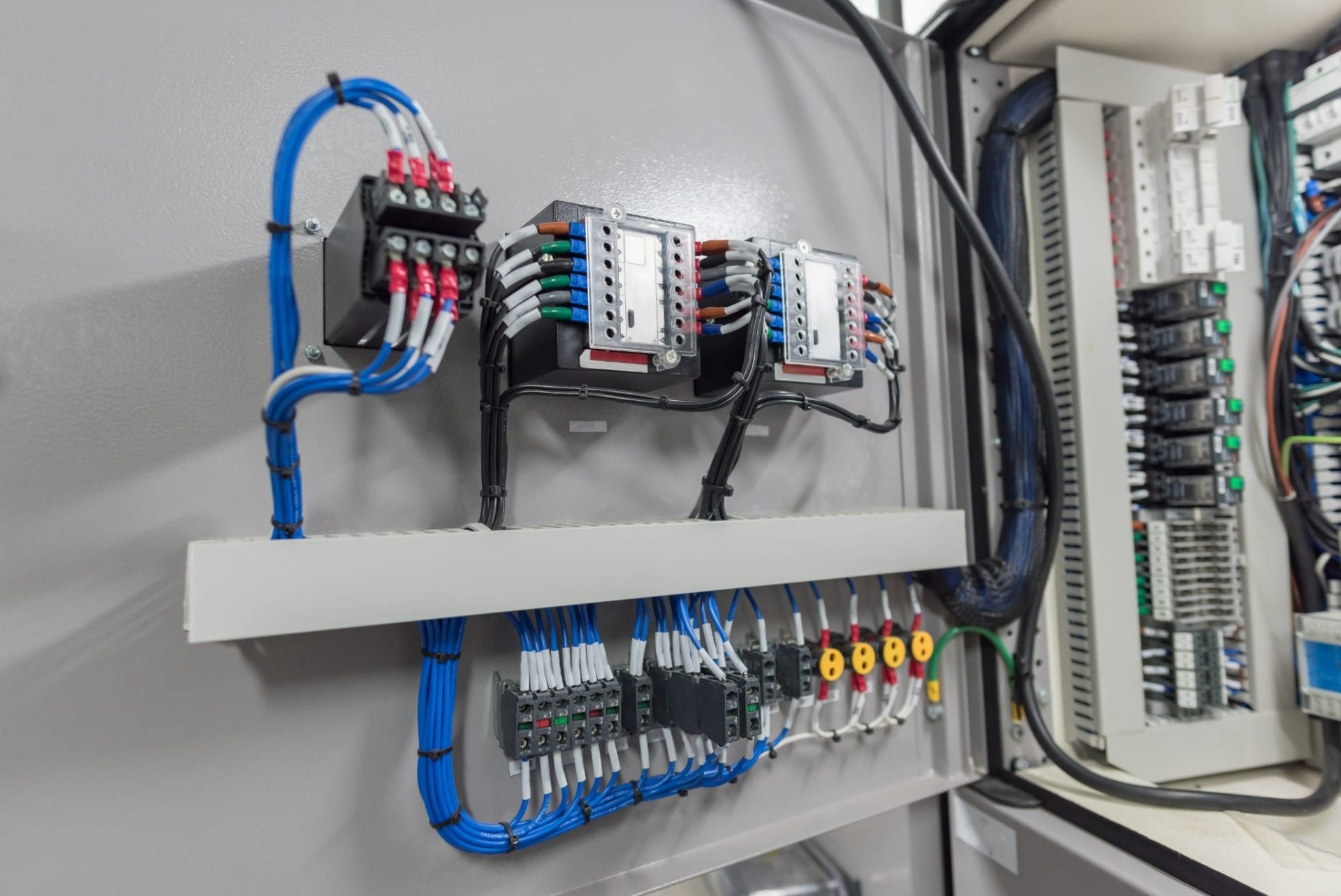Beginner's Guide to Electrical Wiring: Tips and Techniques for Efficient and Safe Installation

Electrical wiring is a crucial component of any home, and understanding it is essential for every homeowner. Not only is it helpful to ensure the efficient operation of your home, but it is also essential to ensure your safety. In this article, we’ll go over the fundamentals of electrical wiring, the importance of safety, and the benefits of hiring an accredited residential electrician to handle all of your electrical wiring needs.
Understanding the basics of electrical wiring
The electrical wiring refers to the set of electrical conductors which run through your house, delivering electricity to your appliances or devices as well as lighting fixtures. It functions by creating electrical circuits which connect your electrical power source to your devices. Electrical circuits are made up of switches, wires, as well as other components of electricity that function to form a secure and reliable electrical system. There are many kinds of electrical wiring, including aluminum, copper, and different types of wire insulation, like PVC paper, rubber, or.
Preparation and Planning for Electrical Wiring
When installing new electrical wiring, there are many aspects to take into consideration, such as the kind of wiring you require, the power capacity that your electric system can handle, and the power requirements you require. In addition, it is essential to be aware of electrical rules and regulations for wiring as well as the permits that are required in your area. To be prepared your electrical wiring system, you must create an electrical plan and assess your electrical requirements. This will to ensure your wiring system is secure efficient, reliable, and meets your power requirements.
Materials and Tools Required to conduct electrical wiring
When making new electrical wiring, it is crucial to have the proper equipment and materials on hand. Essential tools include wire cutters, strippers, pliers, and the voltage tester. Other components required for electrical wiring are electrical tape, wire nuts, conduit along with electrical boxes. It is also helpful to be equipped with a wiring diagram to help you with the process of installing.
Step-by-Step Guide to Electric Wiring Installation
Installing electrical wiring can be an intimidating process However, with the proper tools and expertise, it can be done in a safe and efficient manner. Here is a step-by-step guide for installing new electrical wiring at home:
Turn off the power to the area in which you’ll be working.
Create a wiring plan and mark the location where the wiring will be positioned.
Install electrical conduits and electrical boxes when needed.
Cut and strip wires to the proper length.
Make sure you connect the cables to your devices or fixtures you’re wiring.
Secure the wires in place by using wire nuts, electrical tape, and conduit straps.
Test the wiring to ensure it is functioning properly.
During the installation process It is crucial to follow the best wiring installation practices and tips. Additionally, be conscious of common mistakes you need in the installation of electrical wire for example, over-loading the circuits of damaged wires, or using the wrong type of wire.
Troubleshooting Electrical Wiring Issues
Even with careful design and installation, electrical wiring problems could arise. Common problems include wiring problems, overloads in circuits and electrical shorts. To troubleshoot these problems it is essential that you are aware of common electrical wiring problems and understand how to safely and effectively solve them. It is also essential to follow the proper electrical safety protocols when attempting to solve electrical wiring problems like shutting off the power and wearing safety gear.
Conclusion
Understanding the electrical wiring in your home is vital to your safety and for the proper operation that your electric system provides. It is important to hire an accredited electrician to make sure your wiring is maintained and installed in a proper manner. We at Local Electrician Penrith, we provide various electrical services, which include wiring installation and repair. Reach out to Local Electrician Penrith at 1300 941 876 to discuss all your electrical wiring requirements.
Electrical Wiring FAQ
Here are some commonly asked questions related to electrical wiring, along with extra safety advice and the best methods for electrical wiring installation and repair:
What kind of wire should I use for my electrical wiring?
The type of wire you should use for electrical wiring is contingent on your specific needs and the local building code. It is crucial to select the appropriate gauge of wire as well as the appropriate insulation type and wire materials to ensure the safety and efficiency that your electric system is running at its best.
Do I have the ability to put in my own electrical wiring?
While it is feasible to install an electrical wire yourself it is important to have the right expertise and experience to do so effectively and safely. In most cases it is recommended that you employ an experienced electrician to ensure your wiring is installed and maintained in a safe and secure manner.
How often do I need to inspect my electrical wiring?
It is recommended to inspect your electrical wiring every 10 years or when you spot indications of electrical issues for example, frequent circuit breaker trips or electric shocks.
What do I do if discover electrical wiring issues within my home?
If you observe any electrical wiring issues within your home, such as flickering lighting or outlets that do not work, it’s crucial to take action immediately. Shut off power to the area affected and contact a licensed electrician to determine and fix the issue.
If you follow these guidelines and best methods, you can be sure you have electrical connections that are secure and functioning in a safe manner. Remember to prioritize safety and consult with a licensed electrician whenever you need to. Call Local Electrician Penrith at 1300 941 876 to discuss all of your electrical wiring needs.
